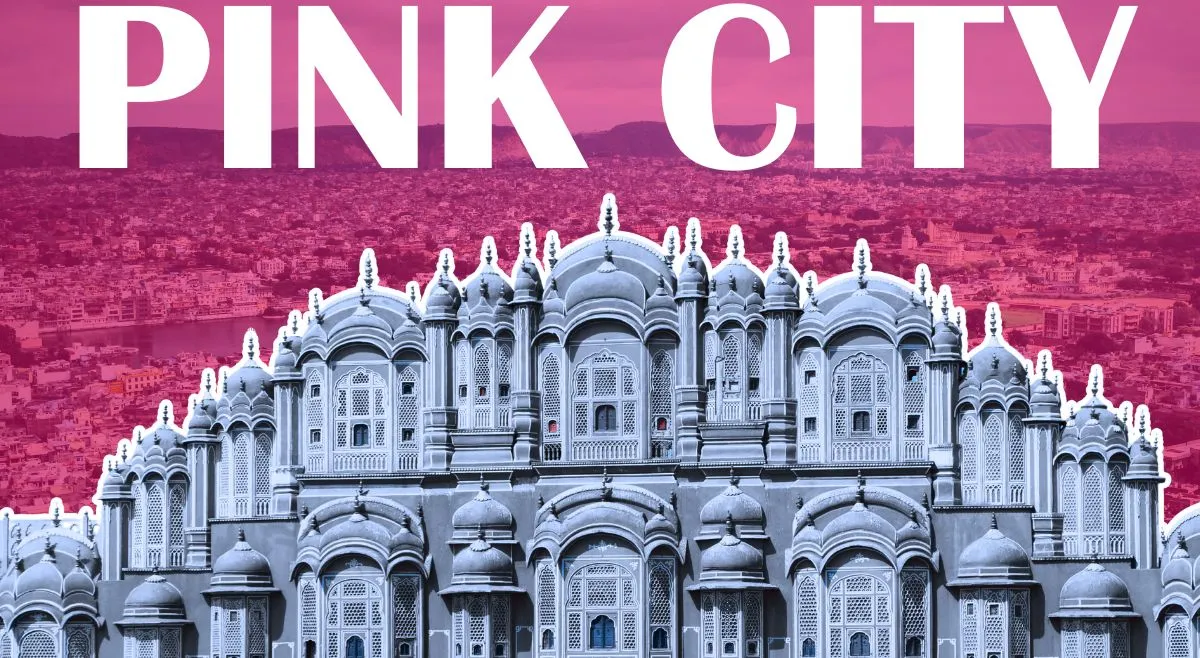- By Ridam Sharma
- Fri, 03 Oct 2025 06:55 PM (IST)
- Source:JND
Pink City Of India: Jaipur is the capital of Rajasthan and is popularly known as the ‘Pink City of India.’ The reason behind this romantic and vibrant name is due to the immense cultural and historical importance the city holds, which attracts millions of tourists to the place. The pink colour of the city is not only about its beauty but also highlights Jaipur’s loving hospitality, tradition, and royal persona. The story of the name ‘Pink City’ has its roots in 1876, when the Prince of Wales (later King Edward VII) was to pay a visit to India.
In the heartwarming welcome of Queen Victoria’s consort, the royal visitor, Maharaja Sawai Ram Singh II chose to present the whole city of Jaipur with a new and inviting appearance. Since pink was equated with warmth and welcome, buildings throughout the city were painted with a pink-hued colour. This act not only welcomed the visiting delegate but also became a time-honoured tradition.
Also Read: What Are The State Flowers Of India And Their Scientific Names?
The beautiful uniformity of architecture, which is built on the basis of the principles of Vastu Shastra, makes Jaipur stand out from other places. The pink-hued old walled city with its regal gates, bazaars, and royal palaces carries that same age-long charm and aesthetic. The cherry on the beauty of the city is its famous attractions like Hawa Mahal, City Palace, and Jantar Mantar. The Rajasthan government has also ensured the preservation of this tradition by legally mandating that residents of the old city continue to maintain the pink paintwork.
Also Read: List Of Top 10 Happiest States In India: Uttar Pradesh At The Bottom
These pink walls of the city symbolise its history and its regal vibe of the Capital of Rajasthan. In 2019, Jaipur was even declared a UNESCO World Heritage City, giving its cultural significance an international platform. In short, Jaipur is called the Pink City because of its age-old tradition of welcoming people wholeheartedly, its well-maintained architectural beauty, and its universal appeal that still mesmerises tourists all over the world.

